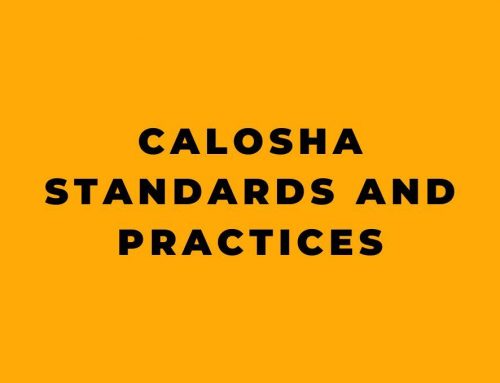Starting a new business comes with many challenges, but one critical responsibility for entrepreneurs and business owners is to establish and uphold strong occupational health and safety practices. Failing to do so can result in tragic injuries, illnesses, fines, lawsuits, and damage to your company’s reputation and success. Fortunately, with some background knowledge and proactive planning, you can foster a safe and compliant workplace culture from day one. This article explores key guidelines and recommendations to protect your most valuable assets – your employees.
Legal Duties and Responsibilities
Under the Occupational Safety and Health Act of 1970 (OSH Act), employers have a legal obligation to provide employees a workplace free from recognized hazards that may cause death, serious physical harm, or illness. This holds true regardless of company size. As the boss, you must comply with all applicable OSHA standards and regulations. It is wise to familiarize yourself with rules governing your particular industry and workplace. You should also make relevant documents available to workers upon request. Neglecting these responsibilities can warrant citations, penalties, and further enforcement action if violations are found during an OSHA inspection.
Injury and Illness Reporting
Most businesses with 11+ employees must keep OSHA Form 300 to record any occupational injury or illness as it occurs. However, this rule exempts companies in certain service-oriented industries like retail, finance, insurance, and real estate. Proper recordkeeping allows you to spot troubling trends so you can take appropriate corrective action. It also gives OSHA insight into your safety management efforts.
Postings and Worker Rights
You must display the “Job Safety and Health: It’s the Law” poster (or state equivalent) where employees and prospective hires can easily read it. This reminds them of key rights and protections under the OSH Act, like the ability to report issues without retaliation. You may also need to post notices related to minimum wage, discrimination laws, workers compensation, unemployment insurance, and other relevant regulations.
Hazard Communication
Another requirement is developing a written hazard communication plan suited to your workplace. This entails properly labeling containers with chemicals or other dangerous substances. You need to compile and maintain Safety Data Sheets (SDS) with detailed hazard information and submit corresponding training to staff. Employees have the right to understand risks they may encounter in their role, such as exposure to toxic fumes, materials, or equipment.
Inspections and Assistance
Even model citizens can expect occasional visits from OSHA or approved state agency representatives. Inspections primarily occur at sites under federal jurisdiction, but state plans also govern workplaces within their authority. Inspectors check for non-compliance across all legally binding safety standards. They choose establishments based on targeting programs, complaints, accidents, random selection, and referrals. Luckily, OSHA offers free and confidential consultation services to help small or high-risk employers improve safety programs and avoid citations. And you can always reach out to them for workplace health resources, guidance documents tailored to small business, classroom and online training opportunities, special challenge initiatives, and more.
Creating a Safety Culture
While adhering technical rules is essential, excellence requires going further to encourage safe behaviors and embed safety as a core company value no matter the size of your staff. Although you aim for full compliance, assume there may be areas needing improvement. Request an external audit to identify any gaps. Most importantly, solicit ideas and feedback from employees—those doing the actual job functions. This empowers your team and builds mutual understanding, cooperation, and trust. Keep communication open through regular safety meetings, suggestion boxes, incentivizing participation, celebrating proper PPE use or accident-free milestones, and leading by example. A little prevention goes a long ways.
For more help getting your occupational health and safety program off the ground, visit OSHA online at www.osha.gov or call 1-800-321-OSHA to speak with a representative. Let them guide you toward the information, resources, and long-term priorities fitting your unique operations early on so safety becomes second nature to your workforce. This proactive stance benefits your organization now and as it evolves.










